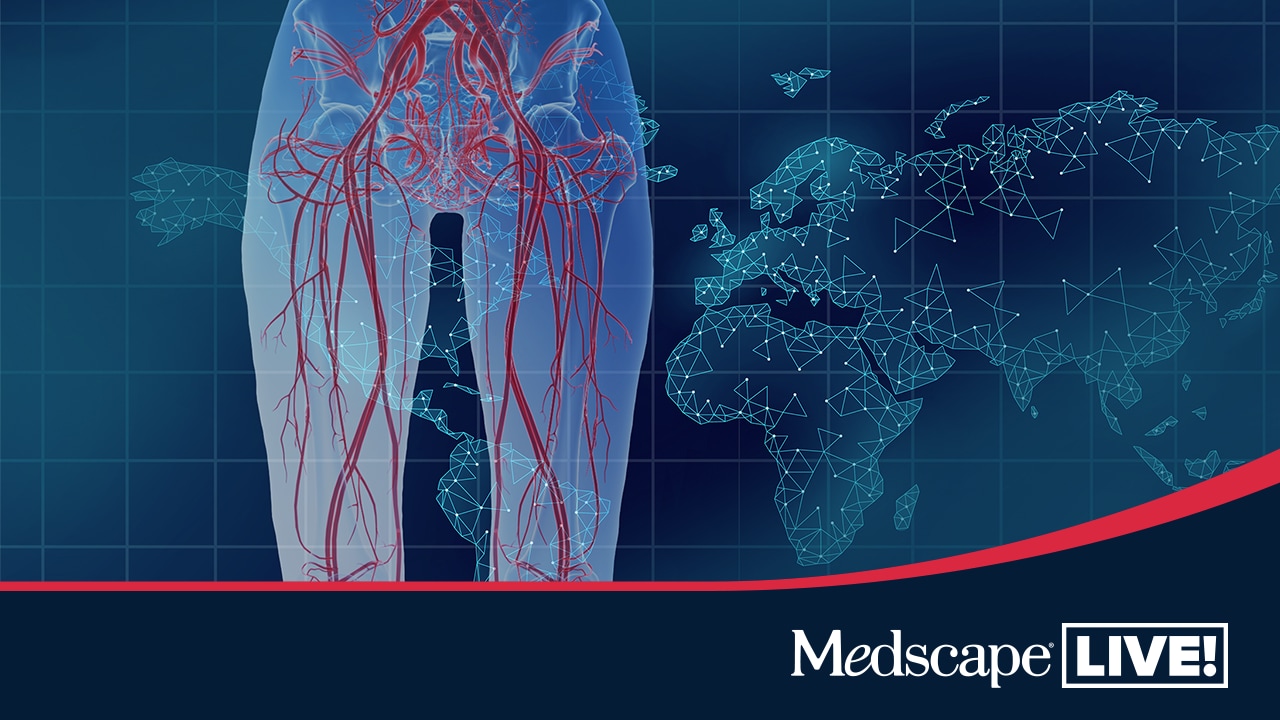Abstract and Introduction
Abstract
Background: Pressure injuries (PIs) are a challenging problem in health care affecting 2.5 million people per year in the US, with 60,000 deaths directly attributed to PIs annually. Surgical closure is the treatment of choice for stage 3 and 4 PIs, but with complication rates of 59% to 73%, less invasive and more effective treatments are needed. Autologous heterogenous skin construct (AHSC) is a novel autograft made from a small full-thickness harvest of healthy skin. This single-center retrospective cohort study sought to determine the effectiveness of AHSC in the treatment of recalcitrant stage 4 pressure injuries.
Methods: All data were collected retrospectively. The primary efficacy outcome was complete wound closure. Secondary efficacy outcomes included percent area reduction, percent volume reduction, and coverage of exposed structures.
Results: Seventeen patients with 22 wounds were treated with AHSC. Complete closure was achieved in 50% of patients in a mean time of 146 (SD ± 93) days, and the percent area and volume reductions were 69% and 81%, respectively. A 95% volume reduction was achieved in 68.2% of patients at a mean time of 106 (SD ± 83) days, and critical structures were fully covered in 95% of patients in a mean time of 33 (SD ± 19) days. After AHSC treatment, there was a mean decrease of 1.65 hospital admissions (P = .001), 20.92 hospital days (P < .001), and 2.36 operative procedures per year (P < 0.001).
Conclusions: AHSC demonstrated the ability to cover exposed structures, restore wound volume, and achieve durable wound closure in chronic refractory stage 4 PIs with better closure and recurrence rates than current surgical and nonsurgical treatments. AHSC represents a minimally invasive alternative to reconstructive flap surgery that preserves future reconstructive options while minimizing donor-site morbidity and promoting improved patient health.
Introduction
Pressure injuries (PIs) are a challenging problem in health care affecting 2.5 million people per year in the US alone.[1,2] As the population ages and the rates of obesity, diabetes, and cardiovascular diseases increase, a growing number of people will experience decreased mobility and compromised health.[3,4] Consequently, the incidence of PI is expected to increase over the next decade. Notwithstanding significant advances in prevention and treatment, PIs continue to be a prevalent debilitating disease that places a tremendous burden on the affected individuals, health care systems, and society.[5] Padula et al estimated that the cost of hospital-acquired pressure injuries could exceed $26.8 billion and that 59% of these costs were disproportionately attributed to stage 3 and 4 pressure injuries.[2]
PIs are classified according to wound depth.[6] In stage 1 PIs, the skin remains intact but shows signs of persistent inflammation. In stage 2 PIs, the epidermal barrier has been compromised. Stages 1 and 2 are typically associated with moisture and shear but can indicate potential for deeper injury. Stage 3 PIs are full-thickness injuries that involve subcutaneous tissue, whereas stage 4 PIs extend into deep tissues and can involve fascia, muscle, tendon, ligament, cartilage, periosteum, and bone.[6] Increased wound depth and degree of exposed underlying structures are correlated with greater disease severity and poorer outcomes. The high metabolic demand and length of time necessary to heal large defects is further complicated by an elevated risk of serious infections such as osteomyelitis and sepsis.[1,7–14] One-third of stage 4 PIs progress to osteomyelitis, which significantly increases morbidity and mortality.[15] Patients with stage 3 and 4 PIs have a 5-fold higher mortality rate than all other hospitalized patients, and in the US alone, 60,000 deaths each year are directly attributed to PIs.[2,10,16]
While stage 1 and 2 PIs are often managed with use of appropriate dressings and pressure redistribution support surfaces, stage 3 and 4 PIs are more challenging. Nonsurgical standards of care for stage 4 PI have reported closure rates as low as 5% and 30% at 8 and 12 weeks, respectively,[17,18] and from 9.8% to 30.6% at 6 months.[19–21] Because of this, extensive surgical debridement and reconstruction are often required.[6,22] Early surgical closure of pressure injuries can decrease hospitalization and morbidity rates.[23,24] However, donor site morbidity can be significant, and if the wound recurs or another develops, options for further reconstruction become limited owing to the decreasing availability of donor tissue. Flap dehiscence or failure can leave the patient with a defect much larger than the original wound. Surgical flap reconstruction for pressure injuries has been reported to have complication rates of 25% within 30 days and 59% to 73% overall, with recurrence and dehiscence rates of 29% and 31%, respectively.[25,26] Even with the most advanced treatments and skilled care, PIs often persist for months or years. Clearly, there is a dire need for less invasive and more effective treatment options.
Autologous heterogenous skin construct (AHSC) is a novel autograft manufactured from a small section of healthy full-thickness skin. Tissue processing results in multicellular segments that retain all endogenous regenerative and supportive cell populations necessary for native wound repair. The investigators sought to determine whether AHSC could provide wound volume reduction, area reduction, and ultimately, wound closure in recalcitrant stage 4 pressure injuries while avoiding morbidity (hospitalization, operations, and adverse reactions). The long-term safety and durability of AHSC was also monitored.
ePlasty. 2023;23(e26) © 2023 HMP Communications, LLC












